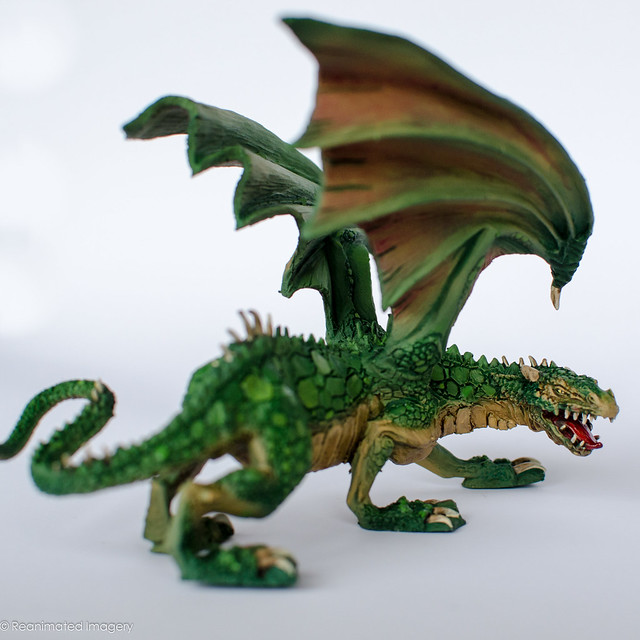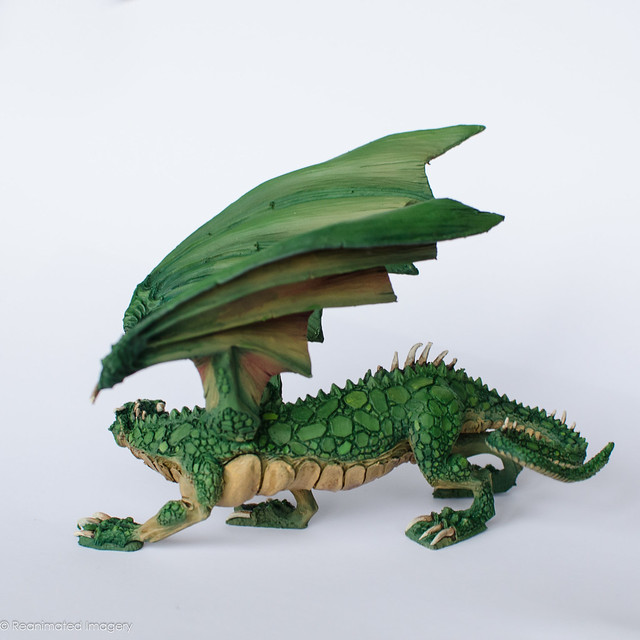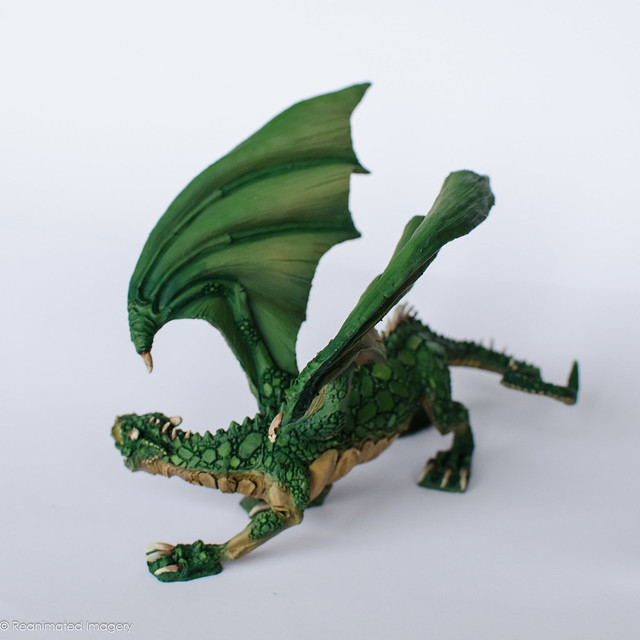Well, after the paralysis I made a decision - aided by a lucky eBay purchase. 4 1/1200 Napoleonic ships for £15; given that a ship with full sails and masts usually costs £10-15 this seemed like a bargain.
Dear reader, are you familiar with the concept of a 'false economy'? When they arrived my new fleet presented a sorry sight:
As you can see, 3 of them are missing the bowspit and jib - and flying jib in some cases. They are all also missing the spanker.
Stop making your own jokes up at the back.
The spanker is the sail attached to the bottom of the mizzen or rearmost mast. Here's a handy guide:
The bases were made out of mdf and had warped somewhat.
So it seemed obvious that this was going to be another rescue job like the Carnosaur and the Uruk Hai. This time, however, the challenge would be modelling rather than painting; a very good test for someone with sausage fingers like mine.
A quick trip to the local model shop provided the basic materials except for one thing; I needed a very fine mesh for the ratlines - ratlines are the sort of nets you can see stretching from the deck to the tops. Most of the fabric I could find had a honeycomb mesh and it wasn't until I lit on the idea of net curtain that everything fell into place.
I plonked myself down in front of the final of Robot Wars and - with the help of a four-year old who couldn't sleep - got to work.
First I cut two different brass rods and created the bowspit:
Incidentally, one thing I have learned from bitter experience is that for this kind of thing you should use Thick superglue and rough up the brass rod with a file.
Next I cut the spanker out of thin -
10/000 - sheet styrene. You can see one of the lead ones above. To replicate the ties that would be at the top of the sheet I stuck down some of the netting. I then created the masts from thin brass rod to produce a finished spanker:
As it happened, I made a mistake the for the ship I was doing and put the ties on what would be the bottom of the sheet (sail). Oops.
Next I made the jib and flying jibs out of the same thin styrene, gluing them with plastic cement for some structural strength.
The jibs were glued to the bowspit and the spanker to the mizzenmast.
Already the ship is starting to look more like a fighting ship should.
While those were setting I cut a new base out of styrene and put some waves on it with the Vallejo plastic putty I use for filling gaps in model kits.
Then it's back to the ship. The question of how much rigging I'm going to put on these - and how accurate any rigging will be - is one I'm happy to park until after painting. (There's no doubt in my mind that the masts will be strengthened if I out some rigging on as they're not very secure as it is).
Aesthetically, though, I knew I wanted the ratlines. Ship models simply don't look right with would them - it's the main reason Sails of Glory models look a little toylike to me.
This is where the net curtain comes into play.
I measured from the deck to the fighting tops and the cut a rectangle of net:
Then I glued a piece of thread diagonally across:
Which I then cut along:
Repeated for all the masts and we have competed ratlines:
So this is the first ship of my fleet ready for painting. As best as I can work out it appears to be 112 guns and French which probably makes it the Imperial.
Overall I'm rather happy. You can see which was the first ratline I did as I got better as I went along. The process is quite time consuming but I reckon I can get two ships completed per evening so hopefully I can start to paint these this week.






















































